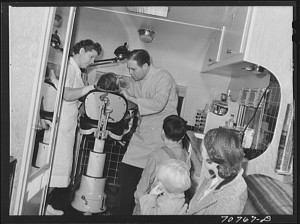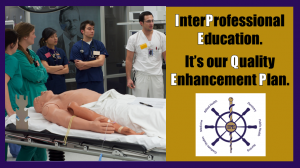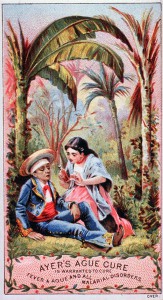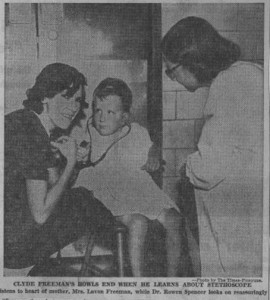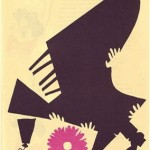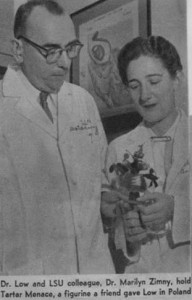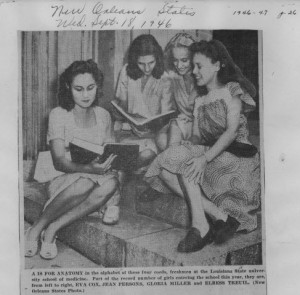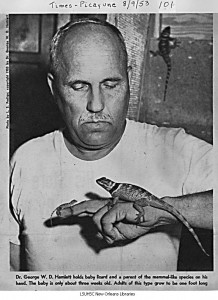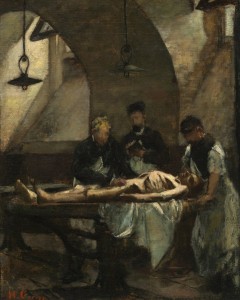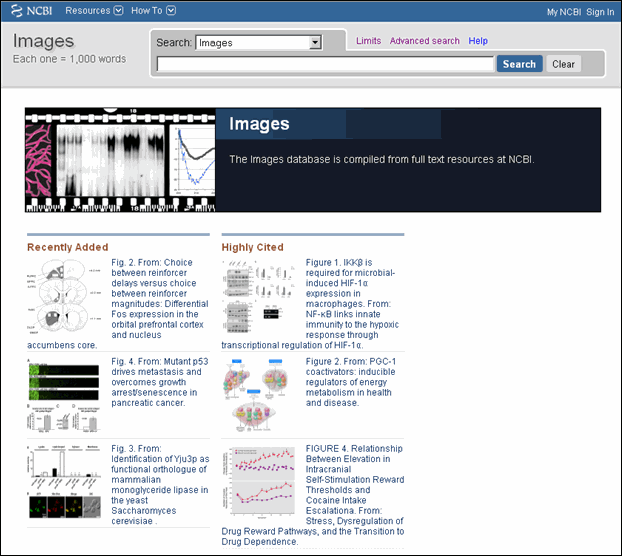This month in 1960, the Times-Picayune ran an article entitled, ÔÇ£Ground Squirrel Called Ideal Space Traveler.ÔÇØ In the article, Dr. Marilyn Zimny, scientist at the LSU Medical School and avid squirrel-enthusiast, tells of the amazing potential for ground squirrels to travel in outer space and to serve as instruments of research on forced-hibernation scenarios and metabolism studies.
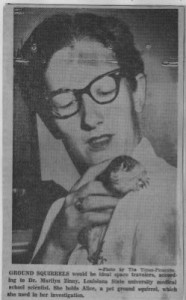 Being so adaptable to extreme conditions, the squirrels appear to be ideal candidates for researching regulated slowing of metabolism as they are able to hibernate for long periods of time without damaging their vital organs: heart, brain, and kidneys remain intact. Advancement in this area of reduced energy consummation would possibly provide some insight into the development of a drug that could force a lower metabolism and thus a decreased need for food, water, and oxygen, a state perhaps preferable for astronauts during prolonged space travel and servicemen in cold climates. ?áThis drug could also reduce blood flow during recovery periods after a heart attack or stroke.
Being so adaptable to extreme conditions, the squirrels appear to be ideal candidates for researching regulated slowing of metabolism as they are able to hibernate for long periods of time without damaging their vital organs: heart, brain, and kidneys remain intact. Advancement in this area of reduced energy consummation would possibly provide some insight into the development of a drug that could force a lower metabolism and thus a decreased need for food, water, and oxygen, a state perhaps preferable for astronauts during prolonged space travel and servicemen in cold climates. ?áThis drug could also reduce blood flow during recovery periods after a heart attack or stroke.
Although I can find no evidence that ground squirrels have indeed been launched into space, a slew of animals pre-dated human travel. The list of adventuring animals includes rhesus and squirrel-monkeys as well as mice, rats, rabbits, fruit flies, a guinea pig, a cat, chimpanzees, dogs, etc. These brave animals helped determine the conditions necessary for humans to survive spaceflight.
Dr. Zimny’s fascination with squirrels penetrated her personal life as well as her professional developmentÔÇöprofessing to own over 160 at the time of this article and in search of more (an abundance can apparently be found in some Chicago golf courses). She authored ÔÇ£Metabolism of some carbohydrate and phosphate compounds during hibernation in the ground squirrel,ÔÇØ published in the Journal of Cellular and Comparative Physiology, ÔÇ£Carbohydrate metabolism in ground squirrels during the summer season,ÔÇØ published in Comparative Biochemistry and Physiology, among many others. Zimny continued her study of the rodents in order to develop a field of research that would include them as test subjects.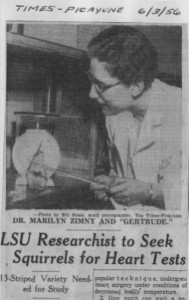
Her career at LSU began in 1954, leading her to a full professorship approximately ten years later. According to one Faculty Vignette, her students ÔÇ£were affectionately known as her ÔÇÿground squirrels.ÔÇÖÔÇØ She went on to become the first female department head at the LSU School of Medicine in 1975, and although she passed away in January 2006, her legacy lives on in her renown. A recent article on POPSCI tells about the successful induction of hibernation in arctic ground squirrels. Dr. ZimnyÔÇÖs warm regard for the critters appears well-places as they continues to be relevant to the study of metabolism regulation.
You can further explore squirrel-related news and other intricacies of our Digital Collections by following this link.
Glimpse of the Past is an ongoing project to promote the Louisiana Digital Library. This Month in History will present for your reading pleasure a closer look into a newspaper clipping of note from our Digital Collections and articles relating to the LSU Medical School.

 myLSUHSC
myLSUHSC